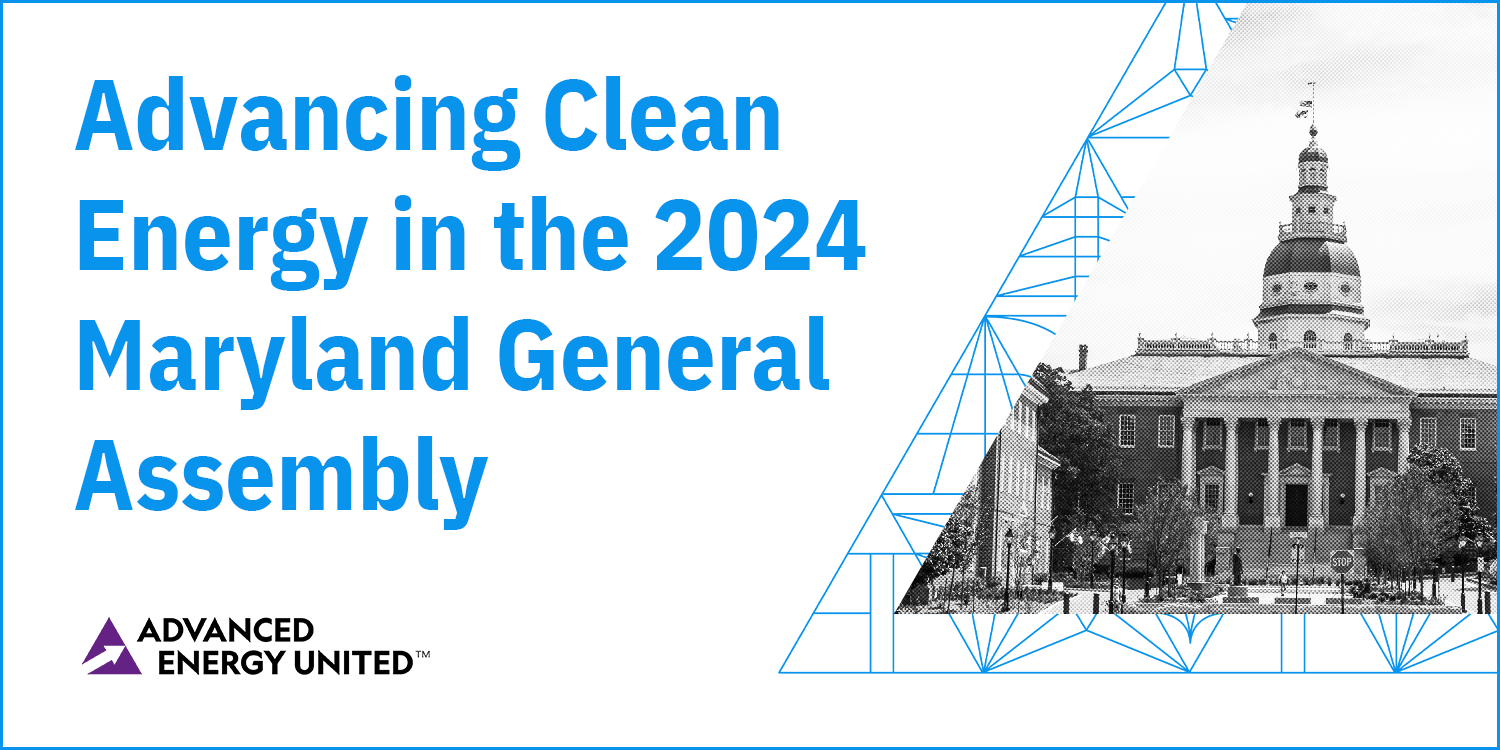
Last Friday in Baltimore, I watched as Maryland Governor Wes Moore signed the Promoting Offshore Wind Energy Resources (POWER) Act into law, a foundational step for the state as it works to build out its electric grid infrastructure, build up its offshore wind industry, and reach its ambitious renewable energy goals.
With the passage of the POWER Act, Maryland will serve as an example for state legislators across the country in showing the type of action that must be taken for states to make the transition to clean energy. Specifically, this law will greatly improve the planning processes needed to build transmission lines and get the electric grid ready for Maryland’s noteworthy 8.5 GW offshore wind power production goal, as well as for increased onshore clean energy production. Improving the grid will also boost the state’s grid efficiency and resiliency, lower utility bills for homes and businesses, and create good-paying union jobs that will connect Maryland to both wind and solar resources.




